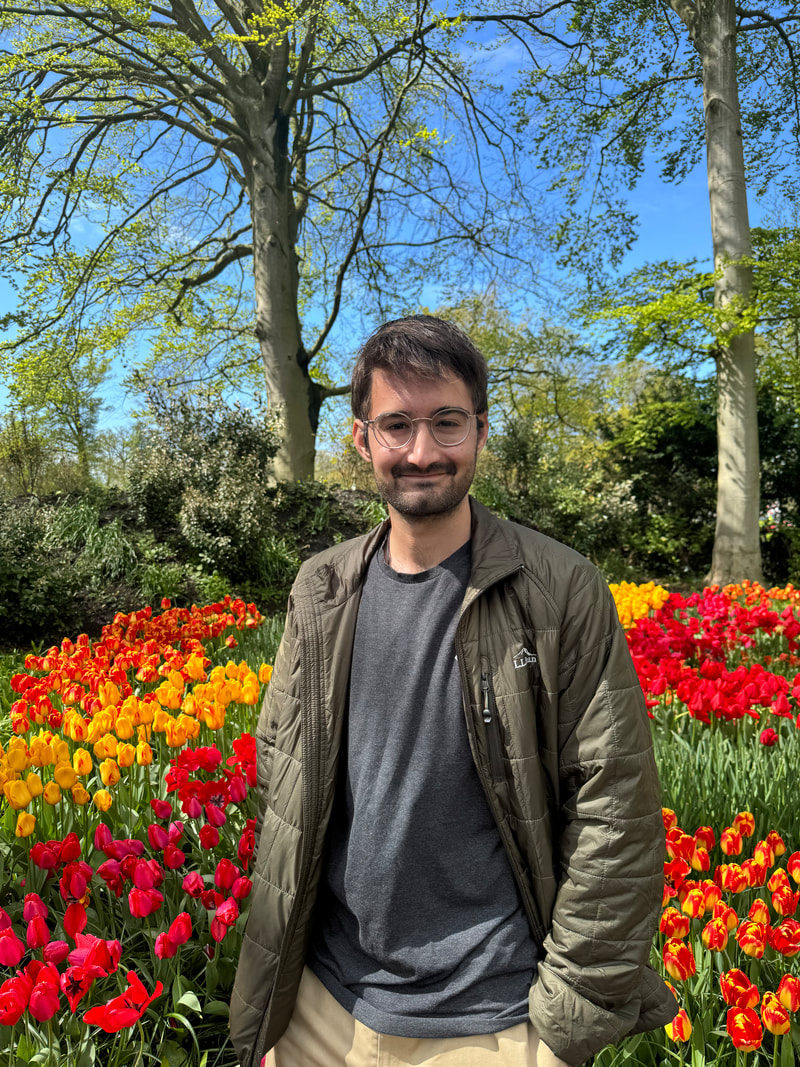|
In 1605, Francois Hannibal d' Estrées, a marshal in the French artillery, recovered a manuscript written by an alchemist almost a hundred years ago for a drink which allegedly provided longer life. Unable to make heads nor tails of it, he gave the paper to some Carthusian monks situated in the outskirts of Paris. They also had trouble understanding the complex 130-herb recipe, so they sent it on to the main monastery in their order, la Grande-Chartreuse. A yellow-green alcoholic beverage was successfully produced, modified, and became quickly popular. Knowledge of how to make it soon spread beyond the monastery, and Chartreuse became a widespread drink, today marketed as Les Pères Chartreux. The word chartreuse to describe it was borrowed into English in 1866, and by 1884 the word also began to be used to describe the yellow-green hue that was frequently found in those beverages. That's how a color came to be named after a liqueur, which in turn was named after a monastery. Etymology is awesome!
0 Comments
Your comment will be posted after it is approved.
Leave a Reply. |
AUTHORHello! I'm Adam Aleksic. I have a linguistics degree from Harvard University, where I co-founded the Harvard Undergraduate Linguistics Society and wrote my thesis on Serbo-Croatian language policy. In addition to etymology, I also really enjoy traveling, trivia, philosophy, board games, conlanging, and art history.
Archives
December 2023
TAGS |


